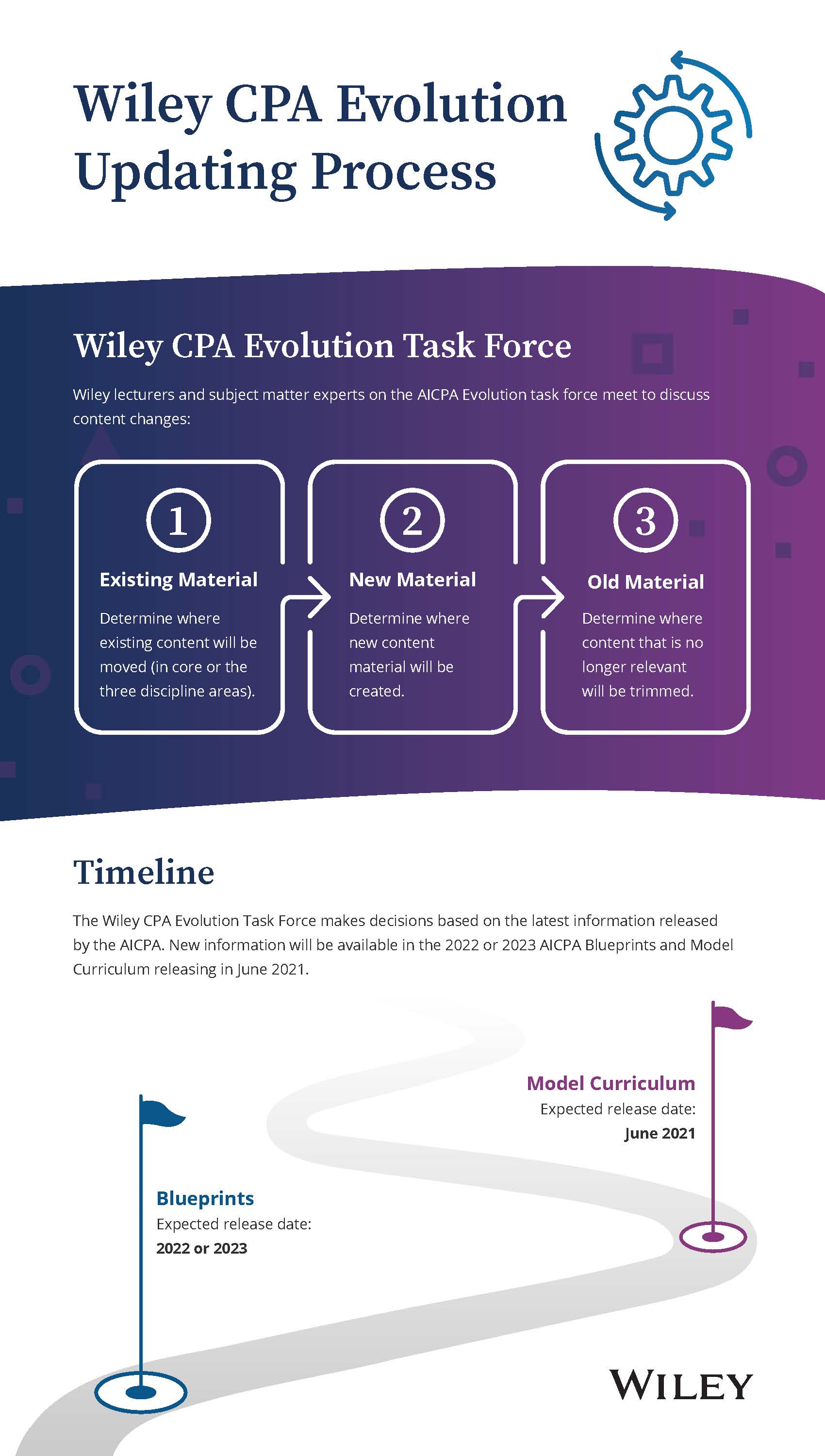4-techniques-to-coach-your-students-to-success
April 21, 2020
Teachers are coaches, and coaches are teachers. Both professions are synonymous in that they both use a combination of content knowledge, professional experience, and feedback to prepare their respective groups for success. While teaching physics and coaching distance runners at Upper St. Clair High School, I’ve experienced the parallels between academics and athletics.
The most effective instructional strategies produce results whether you earn a living in the classroom or on the athletic field. I’ve taken four coaching principles I use with distance runners and reimagined them for educators.
Here are my four tips to coach your students to success in the classroom.
1. Groove, Don’t Grind
In the classroom, each new day builds on previous student knowledge. No one class meeting is more important than the other, and each lesson fits together to tell the story in its entirety. Plan each part of the session with an overarching theme, so students focus on the big picture during class.
Plan in pencil, not in stone. Modifications to the schedule will need to be made as unforeseen disruptions naturally occur. Rigidity in academics causes undue stress when surprises happen. Flexibility makes you better prepared to handle a little bit of chaos; this is truly “grooving” as an educator.
Don’t “grind” as an educator. Cramming too many objectives within an individual lesson? Bad idea. Focus on the transition between each session throughout the chapter. Assigning homework for only quantity and not quality? Another bad idea. Focus on purpose and depth of knowledge in practice. Busy work wastes everyone’s time.
2. Lower Anxiety
Students agonize when they don’t know what to expect from the instructor. Eliminate this disconnect and lower student anxiety. Craft learning objectives throughout the chapter that identify the main ideas. Then link these points of emphasis to the material to be covered on that chapter assessment. Save the guessing games for a quiz show, not the midterm.
Holding a formal teacher-centered review session right before an assessment may sound like a great idea, but it raises student anxiety. This may seem counter-intuitive, but if you’ve properly progressed your students through the material, it’s time to relinquish teacher control as you approach the test. Students should feel confident in their grasp of the material and can seek out your guidance, as needed. Additionally, your students may work together in groups—informally—to reinforce their own understanding of the material.
3. Model Successful Traits
How do you hook your students? What happens during the first five minutes of your class? Is there a pattern for the start of class each day? Educators that establish procedures for class raise the bar for student expectations.
Include opportunities to provide your students with a voice. Student engagement guides the pace of the class and improves the quality of instruction. Validate student input and utilize it during discussions. Connections build trust between all stakeholders, and student buy-in increases.
Prior to the start of class, budget a few minutes to mentally process the flow of that day’s lesson. What’s the main idea? How does everything work together? Even though you have already planned for class, this short breather gives you time to reflect before you perform. Then begin class promptly, soon after the bell rings. Greet students in a positive manner, individually, as they enter the physical threshold of your lecture hall. Be a professional.
4. Invest in the Future
Teachers are always thinking days, or weeks, ahead on the calendar. As an educator, you must work in the present but plan for the future. Take a similar approach with your own professional development, and stay ahead of the curve. Will the content of your course change next semester? Are there trends looming, bound to modify your curriculum? Anticipate content changes for the course you teach.
Formal workshops, clinics, and seminars are ideal ways to sharpen your craft. Immerse yourself in new perspectives. Educators that attend these events are there to learn and grow from others. Since formal professional development opportunities typically let you pick the sessions you attend, focus on one that captures your imagination. Then get ready to infuse the principles into your classroom.
No time for formal learning sessions? No money to pay for travel expenses to attend an out-of-state event? No problem. Informal meet-ups work too. Face-to-face, virtual sessions and in-house learning opportunities all stimulate creativity. The discussions you will have with peers are an invaluable source of inspiration. And the connections keep you prepared for the future.
How do you prepare your students for the classroom? Which principle matters most to you for student success? I’d love to hear your thoughts. Please leave a comment in the space below, and I will be sure to reply.
Doug Petrick holds an Architectural Engineering degree from The Pennsylvania State University and a master of arts in teaching from California University of Pennsylvania. He is currently a high school physics teacher at Upper St. Clair High School in Pittsburgh. Doug regularly contributes to a series for educators on The Wiley Network offering practical advice and instructional strategies.













